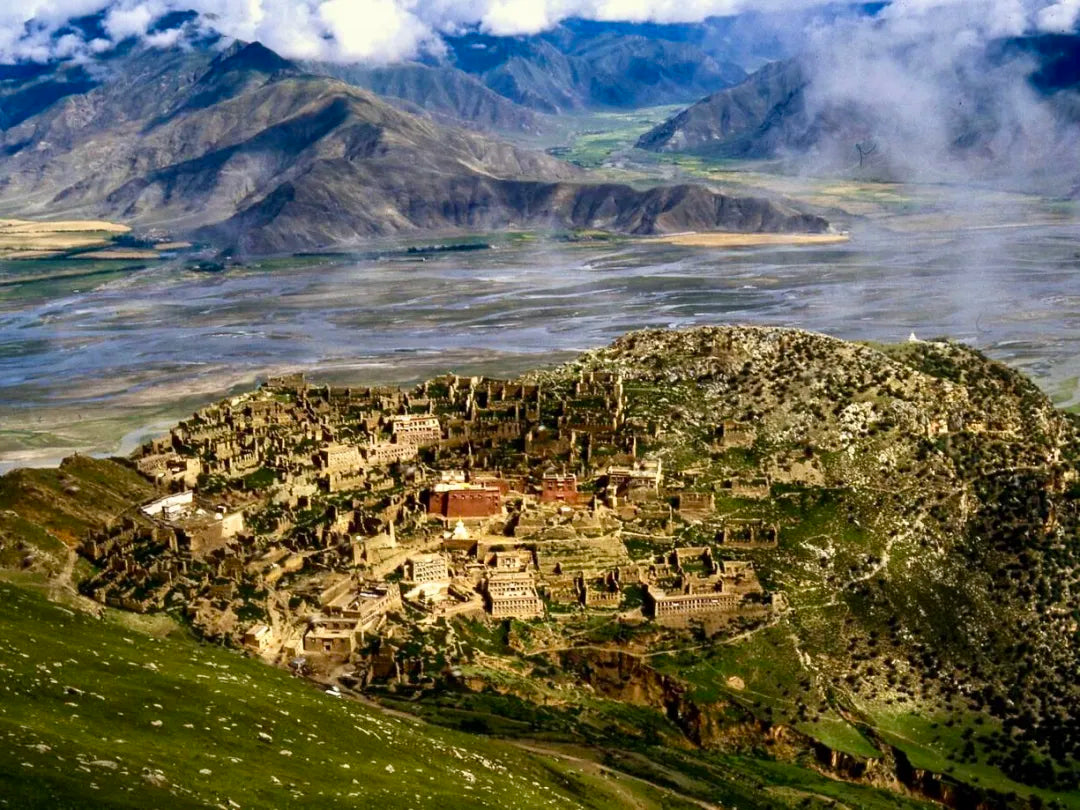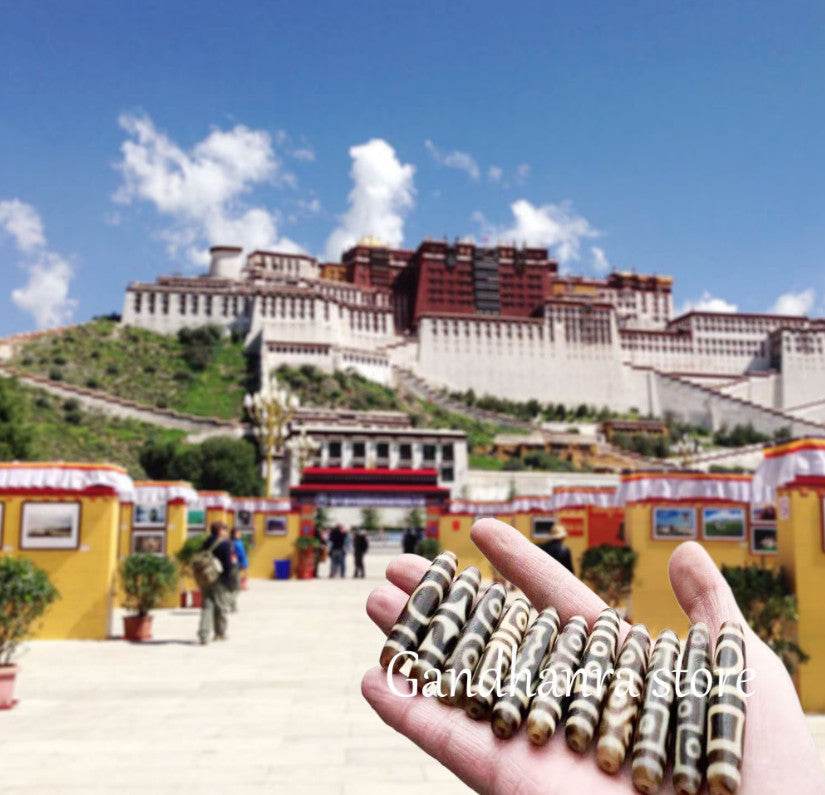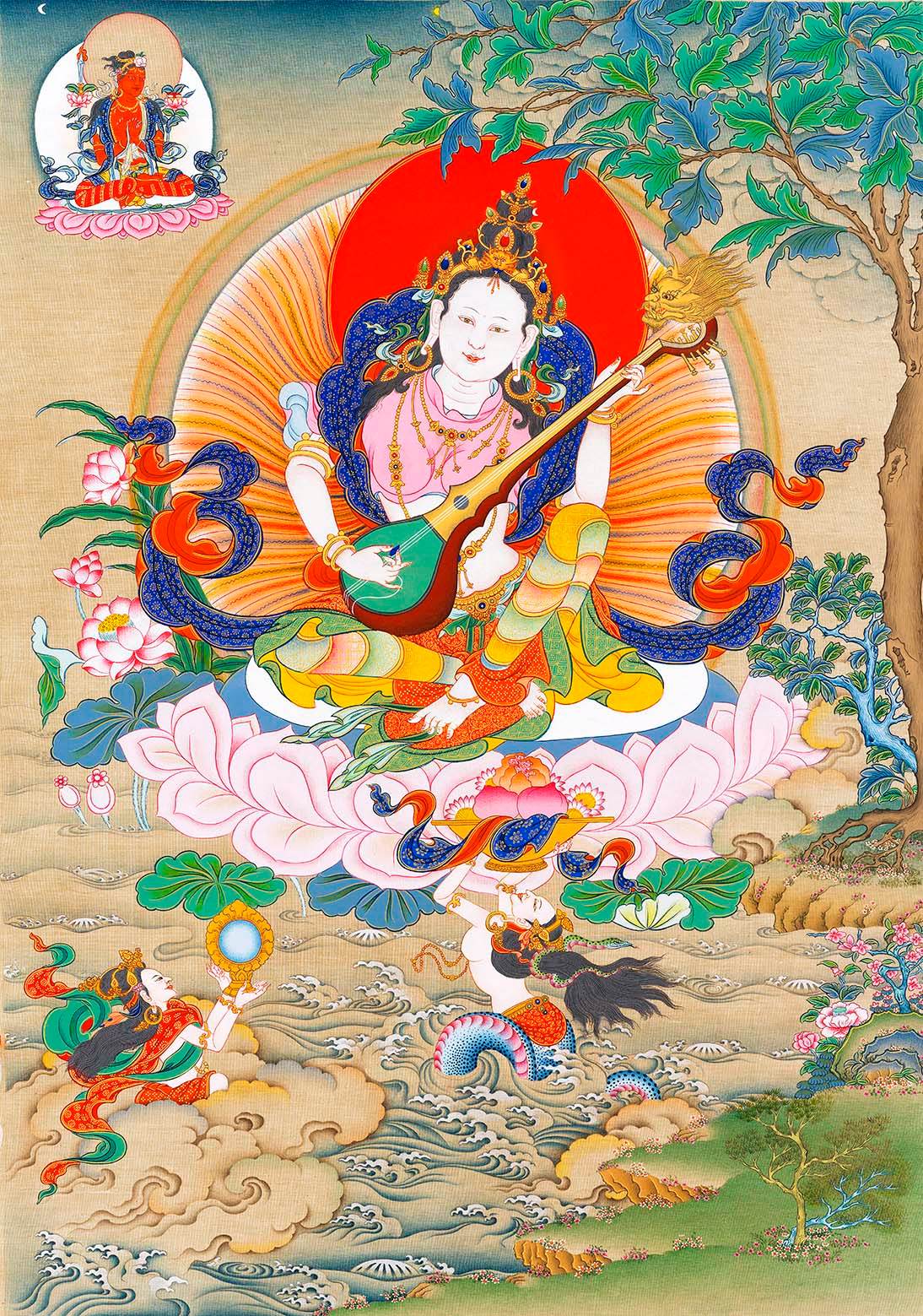
Lhasa 1987














1987: Across Lhasa
British photographer John Mawer began his intermittent global travels only after retirement. In recent years, external circumstances forced a pause to this lifestyle, yet he never halted his photographic work. Instead, he dedicated his sudden surplus of free time to systematically organizing his vast archive of past images.
On his personal photography website, Mawer has shared over 260 albums totaling 7,600+ travel photos—renowned for their tender attention to detail and acute cultural insight. Through these works, we witness his profound passion for both photography and exploring the world.

1987: John Mawer in Tibet
Mawer’s journeys spanned the globe, but his travels across Asia remained most unforgettable. His photographic works encompassed diverse themes—from urban landscapes and daily life to natural scenery—capturing through his lens countless profound, humanistic moments of unique significance. These images reveal Mawer’s enduring process of firsthand immersion and deep exploration of different cultures and environments.
In 1987, Mawer embarked on his first trip to Tibet, documenting extensive photographs of local life and culture as his journey unfolded. These works vividly recorded the daily routines, religious practices, and natural vistas of people living on the Tibetan Plateau at the time, offering invaluable visual insights into the society and spiritual ethos of that era. They stand as a rare cultural archive of imagery.




Farming and Festivities
The Contemplation of Beauty
The popularization of equipment, technology, and the internet has made photography perhaps no longer as solemn and deliberate as it once was. Instant shooting and instant sharing have gradually eroded people's patience and reverence for documentation, while photography itself is losing its individuality and narrative, becoming smoother and more homogenized. Thus, the quiet, lingering texture of bygone eras, along with the contemplation of life's diverse states and beauty, will only grow more poignant with the passage of time.
A photograph from the past, even if it has been forgotten and left dusty in some corner, still possesses the power to transcend time. The spiritual essence and intensity condensed within it do not fade alongside the physical dimming of its colors. In an unexpected moment, when we encounter and lock eyes with an image from the past, emotions inevitably revive in an instant, then surge and ferment. A tunnel connecting us to a bygone world will swiftly unfold in the blink of an eye.




Temples and Villages
Those perhaps simple, rough, and slow yet profoundly genuine ways of existence—now increasingly lost and hardly replicable—along with those glimmering fragments of life shining deep within the passage of time, ceaselessly remind us that beneath the increasingly comfortable and convenient surface of modern life, the original texture and nuance of living are being stripped away day after day.





Daily Life
What once seemed the most ordinary moments now appear extraordinarily rare and precious. Though images do not speak in words, they awaken our inner perceptions more precisely and directly than language ever could. The passage of time is not abstract—it is a vast, flowing river formed by countless lived moments of real individuals. Through repeated journeys back into the past, we can reclaim the warmth and tenderness that life once held, reconnecting with the fading traces of humanistic spirit and cultural roots.





The Kaleidoscope of Life
In these old photographs, we witness a city yet to be reshaped on a massive scale—where rich humanistic vibrancy quietly flows through the minutiae of daily life. Monks in temple courtyards, farmers toiling in fields, children laughing as they dash down country lanes now lost to time, marketplaces pulsing with the boisterous energy of street life... All of this inevitably draws us into reflection—on photography and memory, on people and their epoch.




Street Life and Folkways
Chanced Upon During Travel
Like most journeys in life, after arriving locally, Mawer spent much of his time taking short-haul buses from village to village or hiking alone through fields and mountains. He had no interest in sightseeing spots or guidebook itineraries, preferring instead the unexpected encounters that lay beyond any plan. Willingly choosing "inconvenient" ways to travel, he slowed his pace—measuring and sensing every inch of the land with his own footsteps—thus naturally syncing with the rhythms of local daily life. In this way, he sought to approach the "essential" state of existence, discovering purity through silence and simplicity.




Harvest Time
When the photographer immerses himself completely—eschewing the detached gaze of a sightseer—his emotional connection to the land and its people deepens naturally with every step taken.
Even after nearly forty years, fragments of life from those distant highlands remain vivid and fresh, as clear as yesterday. This transcendent empathy and reverence defy time, becoming something eternal.




Diligence and Frugality
In the 1980s and 1990s, Tibet's infrastructure remained underdeveloped, with limited information flow and tourism resources. For a Western photographer, compounded by language barriers and the challenges of high-altitude climates, travel could hardly be considered enjoyment in the conventional sense. In these lands not yet widely depicted by mainstream media, physical and mental trials were constant companions. Yet the universal language of human connection—interactions rooted in sincerity, kindness, and beauty—brought an intangible solace that quietly dissolved fatigue and loneliness.

The Grass-Gathering Girl
Many of the stories captured through the lens emerged from chance encounters: several men walking home together at dusk after a day of toiling in the fields; a young boy standing beside a tractor, his eyes betraying both shyness and childlike wonder as he faced Mawer’s camera; a street dentist carefully extracting a patient’s tooth; an innocent little girl carrying a basket on her back, gathering grass to store winter fodder for her family’s yaks; two sisters chatting while working in a golden sea of ripe barley during harvest season; a man with traditional red hair tassels weighing fresh beef for a customer at the market...




Smile
Appreciating Mawer's work reveals a profound understanding and reverence for foreign cultures. His unembellished, candid documentation endows these images with an unadorned yet powerful authenticity.
Memory, by nature, grows hazy and intricate over time, shaped by subjective selection and filtering. Thus, when we confront a photograph from the past, what we notice and feel extends far beyond the framed image before us. A complex, almost dreamlike nostalgia bridges past and present—emotions, thoughts, and surroundings from that moment resurfacing like slow-rising mist, warmth tinged with wistfulness.

Boy Wrapped in a Khata
"This-Has-Been"
The French writer and thinker Roland Barthes profoundly explored the subtle interplay between photography and memory in his seminal work Camera Lucida: Reflections on Photography—a philosophical meditation dedicated to the essence of the medium.

Roland Barthes (1915–1980)
French writer, thinker, and literary critic
For Barthes, a photograph functions as a silent narrative, capturing an ineffable moment. It serves both as proof of the past and as resistance against forgetting. The essence of photography lies precisely in its symbolism—it is speechless memory, preserving what once existed (what Barthes famously termed the "this-has-been"). And that "which-has-been" carries an undertone of melancholy, for a photograph is the dead, frozen past—a relic of time. It plunges the viewer into contemplation, drawing them back to what no longer belongs to the present.
Roland Barthes’ discourse on photography appears rather pessimistic, a negativity that seems to affirm his definition of the medium as a "mournful art."



Hometown
While Barthes’ concept of "this-has-been" emphasizes the photograph’s evocation of loss and certitude, old photos—as tangible archives of time—should perhaps be more than mere vessels of nostalgia. An old photograph does not only draw us backward into the past; it also sharpens our gaze upon the present and quietly seeds the future.
Beyond the grand linearity of traditional historical narratives, Mawer’s intimate photography inscribes time through microhistories—tender yet potent with emotional force and humanistic care. These images effortlessly weave together memories still warm with breath and feeling. Thus, the documentation of bygone days may yet spark possibilities for re-creation, becoming fresh cultural expressions.

The Horse Herder






